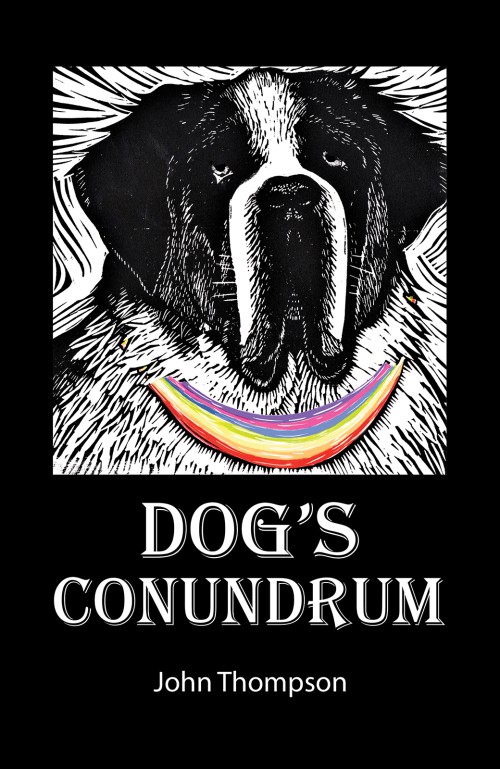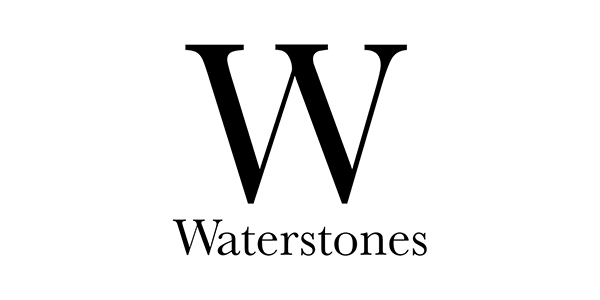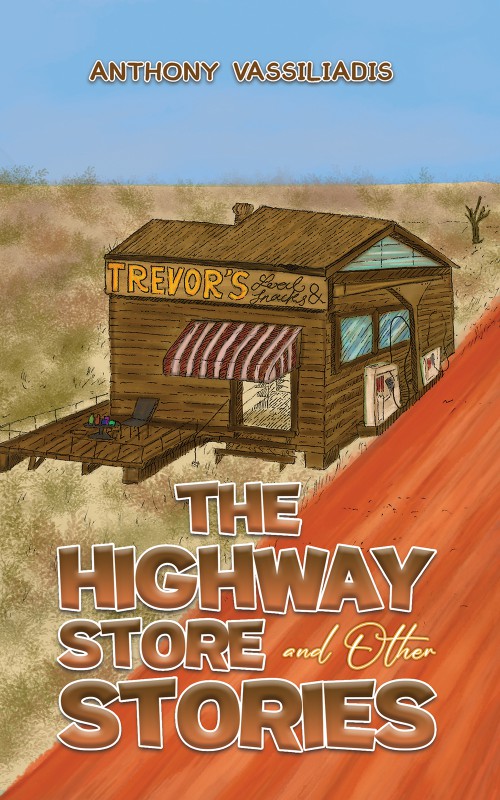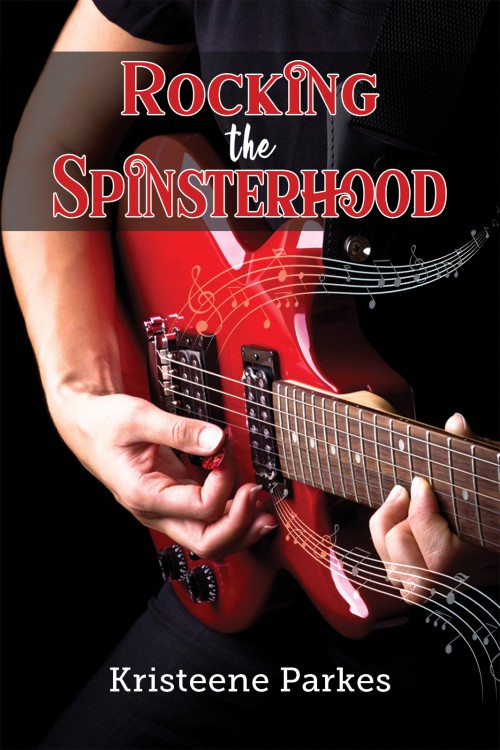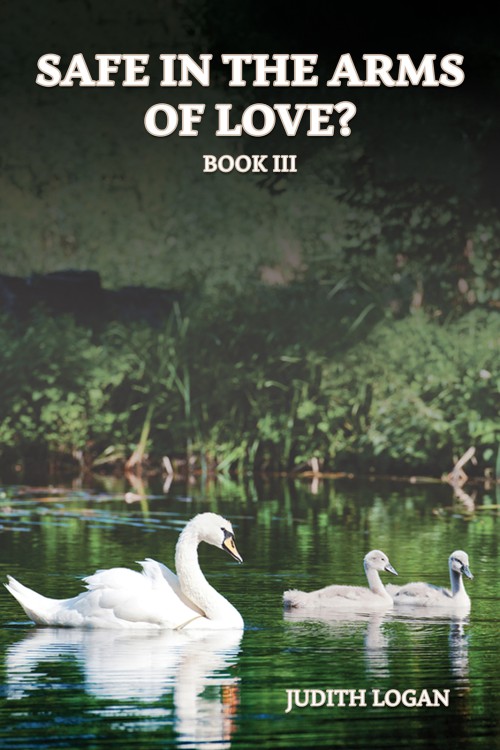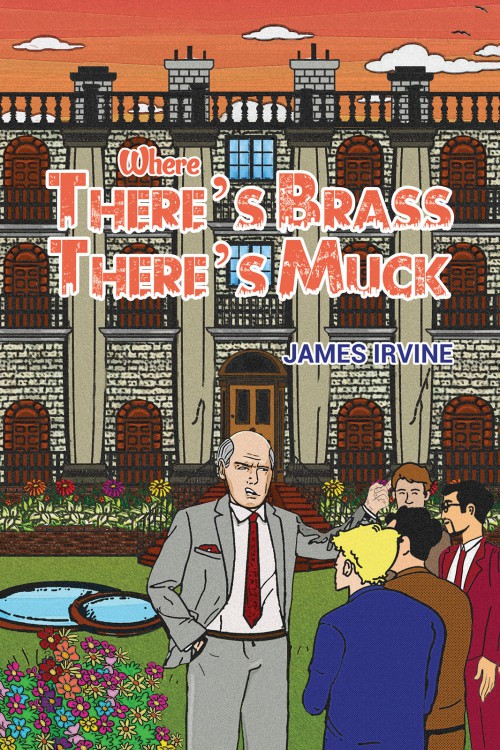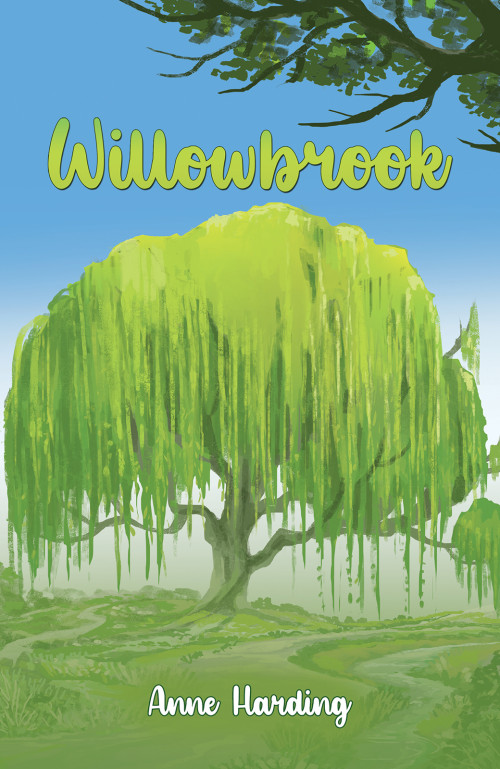I accepted an ARC copy of Dog’s Conundrum. All critique below is my opinion and is therefore subjective.
Literary style/genre – Literary Allegorical/ Mythos, Folklore & Fable
I feel that the prologue was really the ‘Forward’ by the author and the first thirty pages of this book are the prologue.
Concept - The concept is clearly explained in the prologue and whilst Dog is allegorical for God this is not a religious or Christian book, although it does veer dangerously close at times which can be off-putting. However, overall, the work has a broader global understanding of the numinous nature of Spirit, its derivatives, and its power in the natural world. After the introductory part, each tale looks at our loss of connection to something that is deeper and more meaningful than religion, history, or science.
The first thirty pages explore a reconciliation of the creation mythos with a Darwinian approach to evolution, albeit with Dog, not exactly overseeing proceedings, but walking through and discovering evolution as it happens, until Dog, experiences its first crisis and in an act of primal energy-release, howls at the moon until he leaves the planet at the same time the dinosaurs do, leaving nature to do her thing. However, in true creation mythos style Dog is resurrected, but to a changed world, where HE is not quite the same as he once was.
Was 32 pages too long to establish the concept? It was for me, though I do understand that the author wanted to introduce the premise of this work and link it to the tales in the anthology.
Narrative style - I know from the prologue that the author is an art lecturer, and the illustrations in this work are fantastic and tell their own story, but the lecturer is too prominent in some of the paragraphs in the introductory section of this anthology, by this I mean when the narrative wanders into teaching mode but does not stay true to the established style as seen through Dog’s eye’s, this creates structural tension, although for some readers that might not be a bad thing. For example, very occasionally, this interferes with the rhythm and often lyrical quality of the narrative, (which is really good when it gets going), but the bite-sized paragraphs of scientific rationale at the beginning of this work can distract from the essence of the story. However, in the context of the first thirty pages of this work, where the marriage of the creation mythos with Darwinian evolution was established early on, I don’t know what other approach would have worked. Structurally, it is interesting to feel the tension between the two narrative styles, but only if you consider them akin to the energy of the two different theories of evolution.
I am glad I stuck with the story until I got to Dog’s modern world and Dog contacting the Sprites and Gremlins, by text! After this, the work really found its footing with the beginning of the folklore tales as I believe this is when the author really hit his stride, put the lecturer away, and gave the narrator full control which resulted in a better reading experience. Not quite up there with Clarissa Pinkola Estes (who anthologizes the feminine in folklore and fable) but very much in that area of creating and capturing folklore and fable and bringing the metaphor and allegory to a wider audience. I really, enjoyed them, some more than others, but feel it is important to gather tales like this into anthologies, especially as this particular one is focused on things close to my heart. Loss of culture and tradition, environmental degradation, animal, and human rights abuses, loss of self-sovereignty, and the starvation of soul and spirit. It is clear that the author is well-read, traveled, and educated.
Personal favourites were the North American tale which I call Kanti’s Story about a tribe reconnecting to nature in 2051 after a global depopulation crisis and taking back their cultural pride through acts of kindness, remembrance of tradition, and reconnecting with community. The broken horses and three-legged dog they save are literal representations not only of their spirit animals but the neglect, disconnection from, and dereliction of their actual spiritual life – it was really well done and richly metaphoric. And, from Patriarch to Matriarch, where the author has captured the move from the Piscean Age to the Age of Aquarius, (from the divine masculine to the diving feminine), not sure about how well the relationship between the now anthropomorphic Dog and Mother Nature was written and I would have preferred a clearer demarcation between the outgoing and incoming, overseeing-archetypes of each millennium, in this instance it felt like Mother Nature’s power was diminished because she found Dog attractive. Further, she shed her skin and changed from a wolf to a woman so that she would be in the same human shape as a Dog, symbolically relinquishing her wildish ways but also taming/domesticating her power. However, the task and the power of writing the historical records was given to a Sha-woman and it is through her voice and action that a new narrative for creation, (a feminine narrative), albeit one that gives new meaning to the rainbow, is birthed with an earth-based, inclusive, nature ethos.
The anthology was wrapped up in true mythological style when in the Epilogue, Dog and Mother Nature attend the Solstice at Stonehenge, even though I still believe Dog is punching above his weight and should have exited stage left, leaving the whole stage, for a time at least, to the new divine feminine energy!

